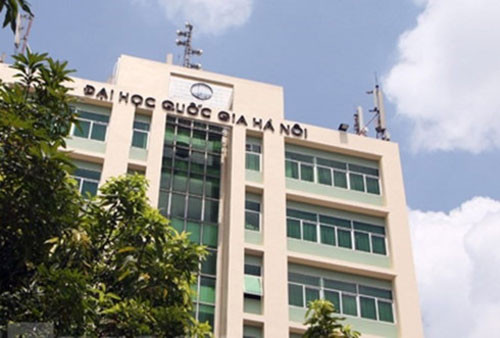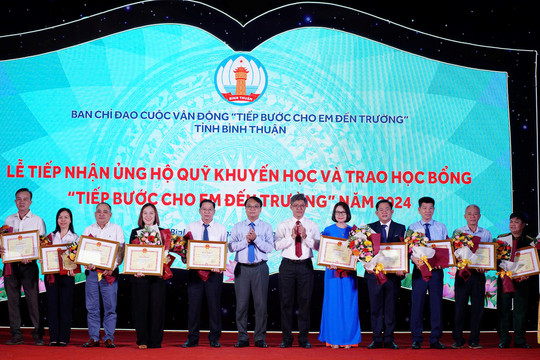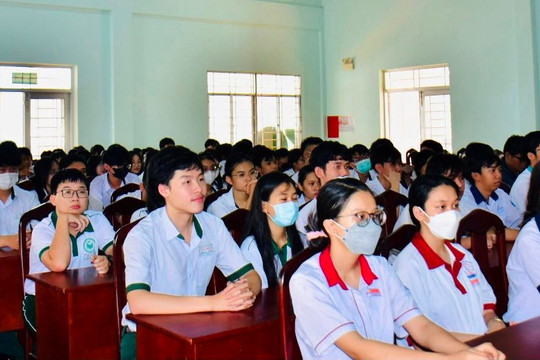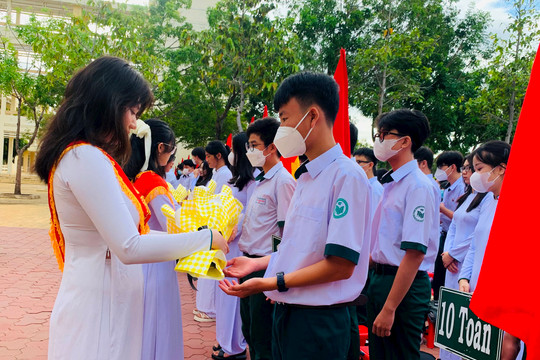 |
| Vietnam National University (VNU)-Hanoi maintained its ranking of 139th while VNU-HCM City climbed five ranks to 142. |
Hanoi University of Science and
Technology moved from 301th-350th to the group of 291th-300th. Can Tho
University had its ranking downgraded from group of 251th-300th to the group
of 301th-350th. Hue University also saw its ranking downgraded from group of
301th-350th to 351th-400th.
The rankings were expanded this year to include 400 universities, up from 350 institutions last year.
This year, Singapore’s Nanyang Technological University (NTU) topped the list, followed by National University of Singapore in second and Hong Kong University of Science and Technology in third.
According to Prof. Nguyen Huu Duc, Deputy Rector of VNU-Hanoi, Vietnam’s top universities have made progress in many areas, helping them near the ranked universities’ numeric average for categories like students per lecture and citations. For example, the average number of students per lecture at VNU-Hanoi is 14.2, while the average rate for the ranked universities is 12.5. The citation ratio of VNU-Hanoi is 5.8 compared with 5.2 for Asian universities as a whole.
Regarding reputation among employers, which was evaluated by scientists and domestic and international employers, Vietnam’s national universities in Hanoi and HCM City clocked in at the regional average.
To measure excellence among Asian universities, QS uses several key indicators to compare institutions, including academic reputation, employer reputation, faculty-student ratio, proportion of international students and research quality indicators.
The rankings were expanded this year to include 400 universities, up from 350 institutions last year.
This year, Singapore’s Nanyang Technological University (NTU) topped the list, followed by National University of Singapore in second and Hong Kong University of Science and Technology in third.
According to Prof. Nguyen Huu Duc, Deputy Rector of VNU-Hanoi, Vietnam’s top universities have made progress in many areas, helping them near the ranked universities’ numeric average for categories like students per lecture and citations. For example, the average number of students per lecture at VNU-Hanoi is 14.2, while the average rate for the ranked universities is 12.5. The citation ratio of VNU-Hanoi is 5.8 compared with 5.2 for Asian universities as a whole.
Regarding reputation among employers, which was evaluated by scientists and domestic and international employers, Vietnam’s national universities in Hanoi and HCM City clocked in at the regional average.
To measure excellence among Asian universities, QS uses several key indicators to compare institutions, including academic reputation, employer reputation, faculty-student ratio, proportion of international students and research quality indicators.
VNA




















.jpg)





.jpeg)

.jpeg)


.jpeg)


